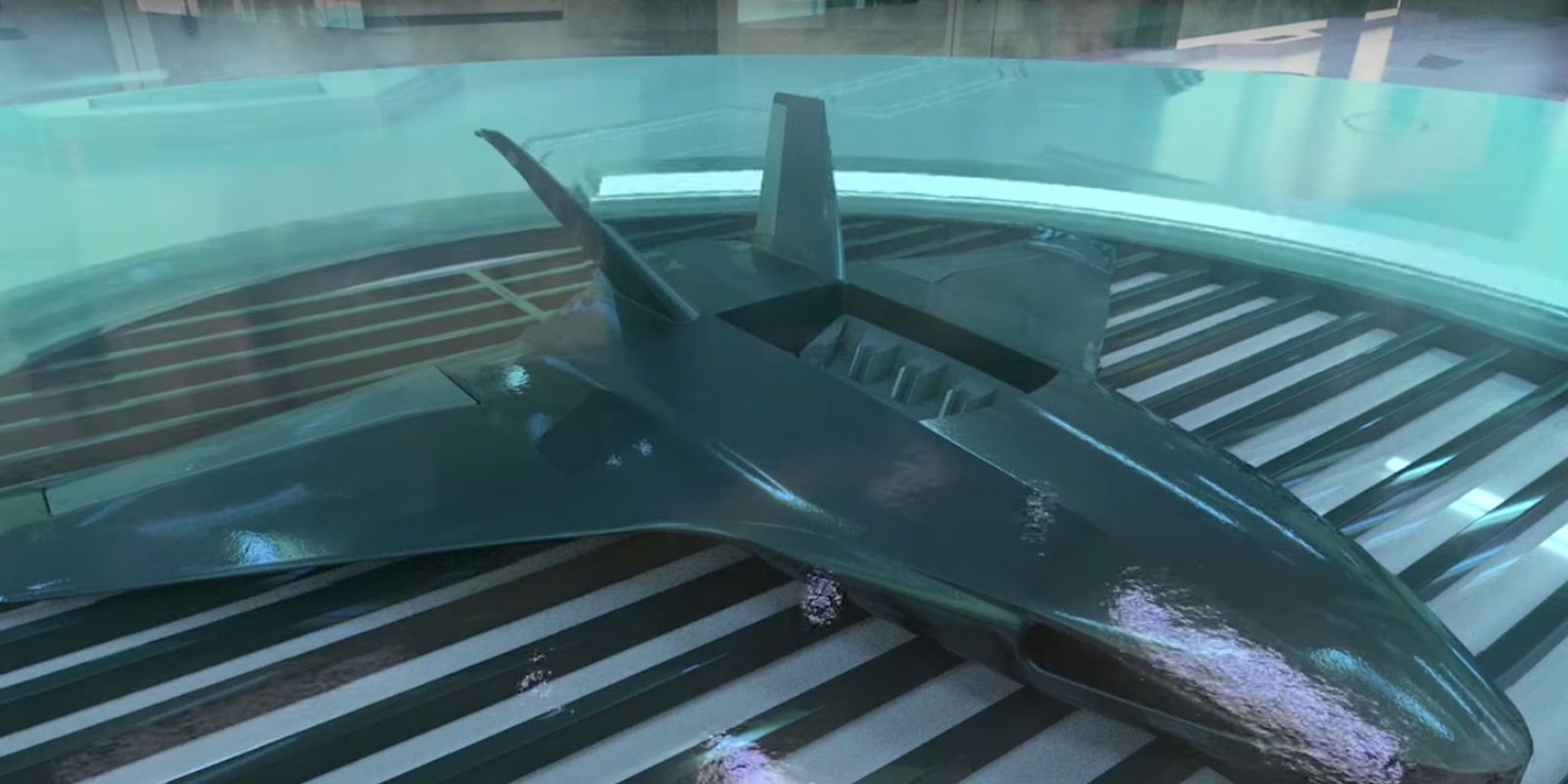Building technologies and aircrafts for use in modern warfare takes years, but a theoretical system promises to cut that time significantly by “growing” drones in laboratories.
A system called the Chemputer would 3D-print unmanned air vehicles (UAVs) and their electronics from the molecular level, creating environmentally sustainable customized drones in weeks.
Developed by researchers at the University of Glasgow and UK-based BAE Systems, the world’s second-largest defense contractor, the hypothetical drones could be used for rapid-response missions like distributing supplies and deploying surveillance aircraft, according to a statement on BAE System’s website.
To illustrate the potential for this technology, the company released an animated video akin to a first-person shooter video game. Drones grow in a lab while humans are at war in the desert.
“We have been developing routes to digitize synthetic and materials chemistry and at some point in the future hope to assemble complex objects in a machine from the bottom up, or with minimal human assistance,” Professor Lee Cronin of the University of Glasgow said in the statement. “Creating small aircraft would be very challenging but I’m confident that creative thinking and convergent digital technologies will eventually lead to the digital programming of complex chemical and material systems.”
Cronin has worked on the Chemputer for years, though humanity is nowhere near the development and execution of large-scale chemical systems that can “grow” drones in a laboratory.
In an interview with the Guardian in 2012, Cronin discussed the ways his team was attempting to democratize pharmaceuticals by 3D printing complex molecules with the Chemputer. At the time, he said the development of a system for building inorganic structures, like printing drugs, was still simply “science fiction.”
Ironically, Cronin told the Guardian that his interest in developing 3D-printing techniques didn’t include conventional use cases: “I didn’t want to print an airplane, or a jaw bone… I wanted to do chemistry.”
It’s a bit of a leap from ibuprofen to complex technological drone warfare, but apparently the Chemputer has the potential for a wide variety of applications.
Already, military and government entities are considering 3D printing as a way to rapidly build and distribute equipment. Earlier this year, the U.S. Army announced it will test technology that uses 3D printing to manufacture customized drones. Similar methods for building products on-demand are even used in space.
BAE Systems doesn’t say how, exactly, the Chemputer process works, or provide any timeline as to when this tech may become reality. But possibly sometime in the far, far future, lab-grown drone warfare will no longer just exist in the imaginations of science fiction writers and chemists.
